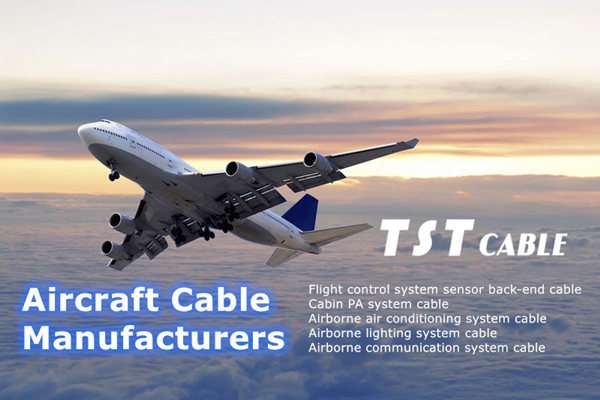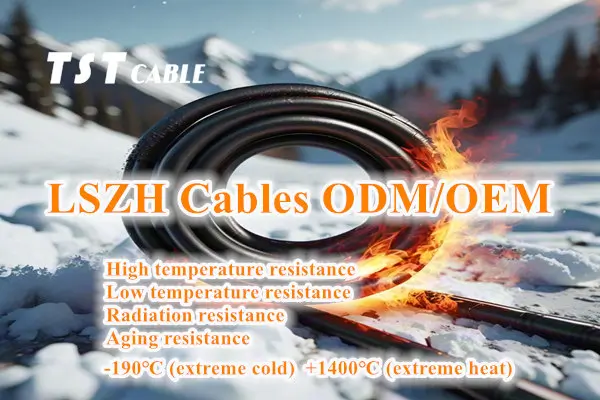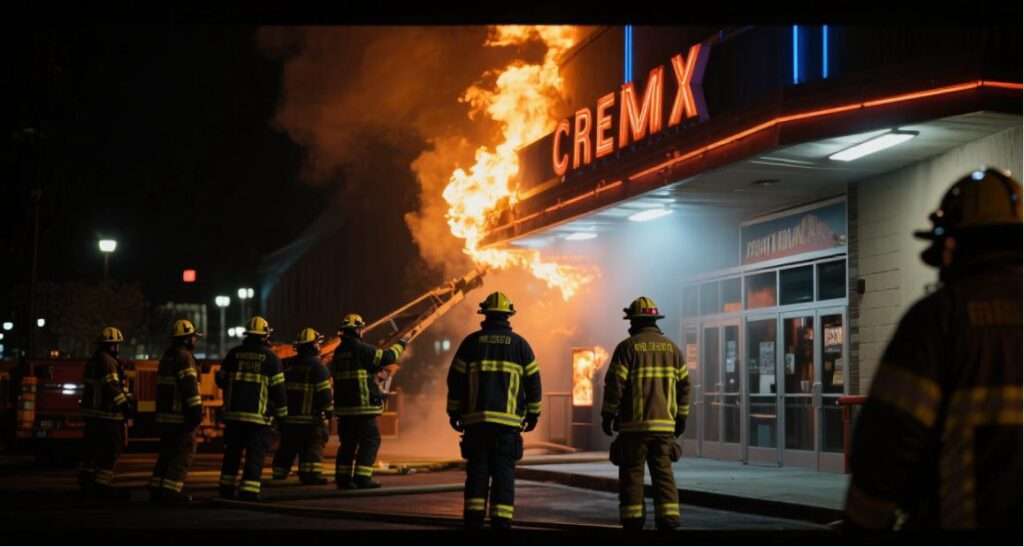In subways, hospitals, and even in skyscraper power distribution rooms…you may never have noticed the cables hidden within walls and cable trays. Yet, they quietly determine whether you can evacuate safely or be trapped in thick smoke during a fire.
More and more critical locations are using a safer cable—TST CABLE low-smoke zero-halogen (LSZH) cable. It emits no toxic smoke or corrosive gases and has become a standard feature of modern urban infrastructure.
- Rail Transit: The “Lifeline” of Underground Space
In enclosed spaces like subways, high-speed trains, and light rail transit, once a fire breaks out, smoke cannot be quickly dissipated, making escape extremely difficult.
TST CABLE low-smoke zero-halogen cable is not an option here, but a mandatory requirement. Applications: Power cables, signal control, emergency lighting, and communication systems.
Core Advantages:
Extremely light smoke during combustion, ensuring high visibility and clear evacuation signs for passengers.
No halogen-acid gases, preventing corrosion of track equipment and communication systems.
Flame retardant and self-extinguishing, preventing the spread of fire along the cables.
Case Study: New lines such as the Beijing, Shanghai, and Guangzhou subways all utilize TST CABLE low-smoke, halogen-free cables, ensuring the safety of millions of passengers.
- High-rise Buildings and Public Facilities: Protecting “Lifeways”
Crowded areas such as shopping malls, office buildings, hotels, schools, and gymnasiums have extremely high fire safety requirements.
Applications: Fire elevators, emergency lighting, smoke exhaust systems, and power distribution trunk lines.
Core Advantages:
Reduced toxic gas release during fires, increasing evacuation time.
TST CABLE low-smoke, halogen-free cables comply with the requirements of the “Code for Fire Protection Design of Buildings” (GB50016), facilitating smoother fire inspections.
Minimizing secondary damage and protecting equipment and interior finishes. Trend: More and more high-end office and residential projects are using “full-building LSZH cable” as a selling point to enhance safety and quality. - Medical Facilities: Saving Every Second of Life
Hospitals are special places—patients have limited mobility, and ICUs and operating rooms rely on electricity to maintain life. A power outage or fire can have devastating consequences.
Applications: Operating room power supply, intensive care units, fire protection systems, data centers
Core Advantages:
No toxic smoke, preventing poisoning of medical staff and patients;
High stability, ensuring continuous operation of critical medical equipment;
High-temperature and aging resistance, suitable for 24/7 use.
Realistic Needs: New projects in tertiary hospitals now generally require the use of low-smoke, halogen-free, flame-retardant Class B1 cable.
- Data Centers and Communications Facilities: Protecting the “Digital Lifeline”
Servers, computer rooms, communication base stations, and other facilities are densely packed with equipment and generate high heat. A cable fire could not only burn the equipment but also cause data loss and business interruption. Applications: UPS power supply, cabinet connections, network cabling
Core Advantages:
No corrosive gases, preventing acidic corrosion of circuit boards;
Low smoke characteristics, reducing pollution to precision equipment;
Supports high-availability systems, ensuring business continuity.
Industry Standards: Large-scale IDC projects such as Alibaba Cloud and Tencent Data Centers explicitly require the use of low-smoke, halogen-free cables. - Industry and Energy: A Reliable Choice for Harsh Environments
High-risk industries such as petrochemicals, metallurgy, electric power, and nuclear power require extremely high fire, temperature, and corrosion resistance in cables.
Applications:
Explosion-proof areas in petrochemical plants;
Power plant control rooms;
Wiring inside offshore wind turbine towers;
Safety-grade circuits in nuclear power plants.
Advantages:
Halogen-free, preventing the generation of highly toxic gases in the event of a fire;
High-temperature, UV, oil, and chemical resistance;
Meets international standards such as IEC and GB certifications. - Other Key Areas
Airport terminals: Ensuring passenger evacuation and control tower communications;
Ships and cruise ships: Mandatory requirements of the International Maritime Organization (IMO);
Government agencies, museums, and libraries: Protecting important facilities and cultural relics;
New energy vehicle charging stations: Improving charging safety.
From “Passive Compliance” to “Active Choice”
In the past, the use of low-smoke, halogen-free cables was necessary to pass fire safety inspections.
Now, more and more businesses and owners recognize this responsibility for lives, assets, and brands.
With the country’s increasing safety and environmental requirements, TST CABLE low-smoke, halogen-free cables have evolved from a “high-end feature” to a “basic standard.”
Unassuming yet quietly safeguarding every inch of light and order in modern cities, they ensure peace of mind for the future.
Choose TST CABLE low-smoke, halogen-free cables to avoid unnecessary expense and secure future peace of mind.
Also available in:
English





